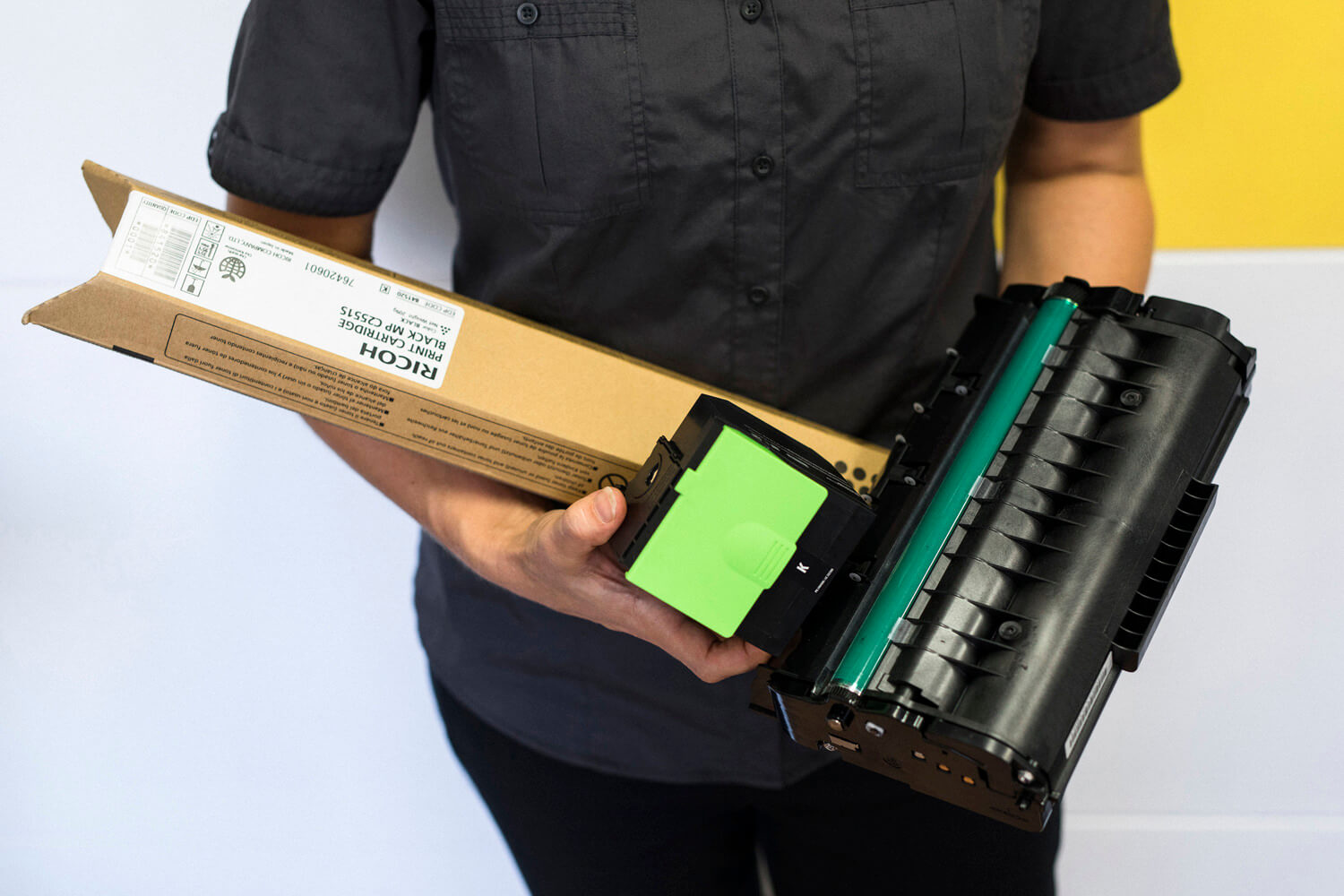Around one third of WA’s waste is produced by workplaces.
Around 56% of this is recycled but a lot still goes to landfill (about the same volume as all of Perth metropolitan area's general household waste).
What’s the problem?
Our workplaces are often like second homes – so they represent an additional opportunity to reduce your waste.
It’s here that we churn through items like paper, electronic goods, printer cartridges, food, and a range of plastic materials like stationery, packaging and disposable cups. Because, unlike at home, we’re often not responsible for emptying the bins, we often feel less accountable. The truth is, we still are.
The diversity of WA workplaces also means there’s no one-size fits all solution to waste-reduction. While the commerce and industry sector (our businesses and major employers) has made gains in recent years, we’re still some way off the 2020 target of a 70% landfill diversion rate.
What can you do?
Regardless of your type of workplace there's plenty that can be done to reduce waste.

The WasteSorted guide to
Cutting waste in the workplace
Employees
You might not get to call the shots, but you can still be a waste reduction champion. Small measures will still make a difference and have the potential to become an avalanche of positive change!
For more ideas download the Workplace Workout Checklist
Decision Makers
You've got the power to drive waste reduction in your workplace and help your organisation and staff reduce their waste.
Audit your waste and consider what else you could do to reduce, reuse and recycle – here' a bunch of ideas to get started:
